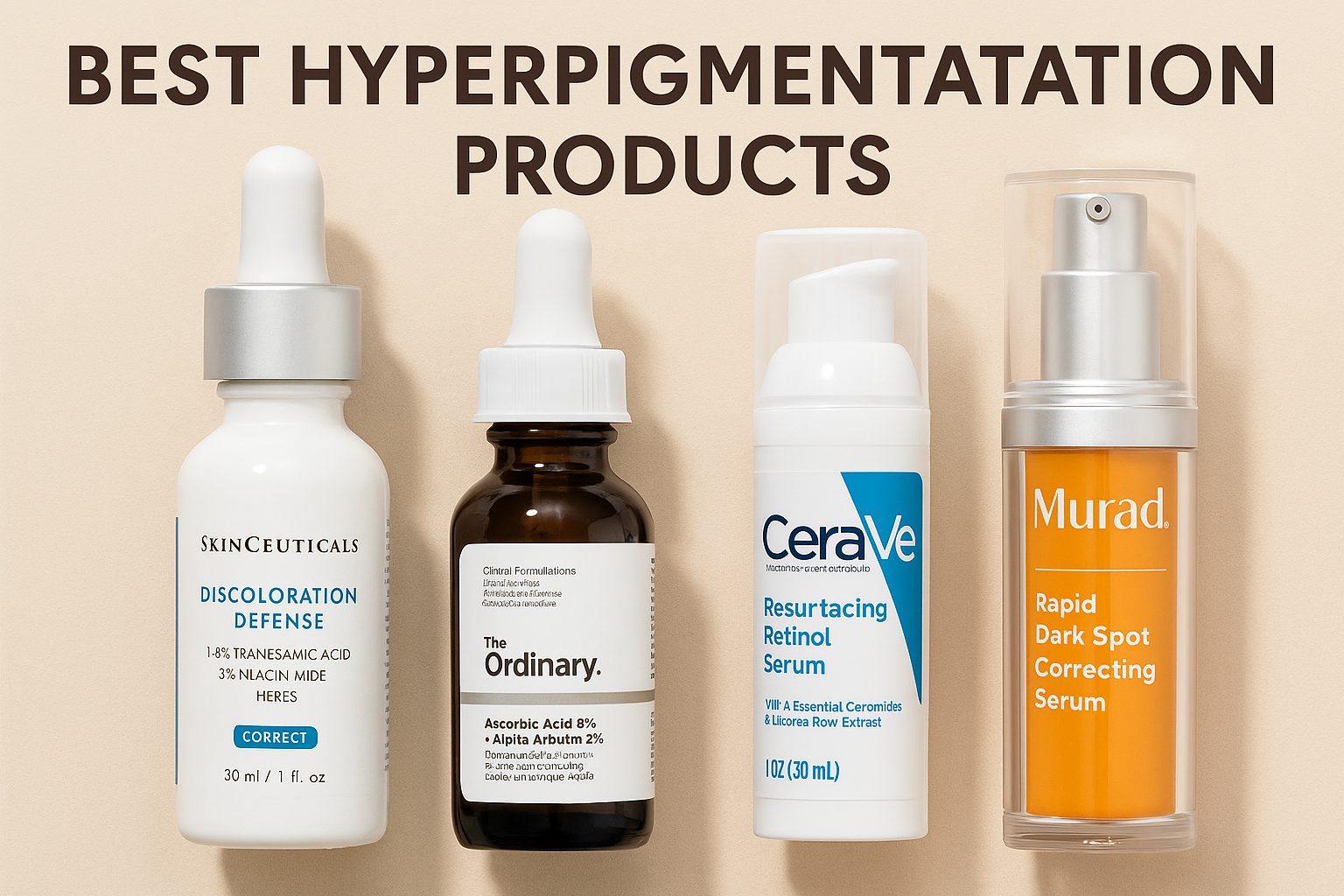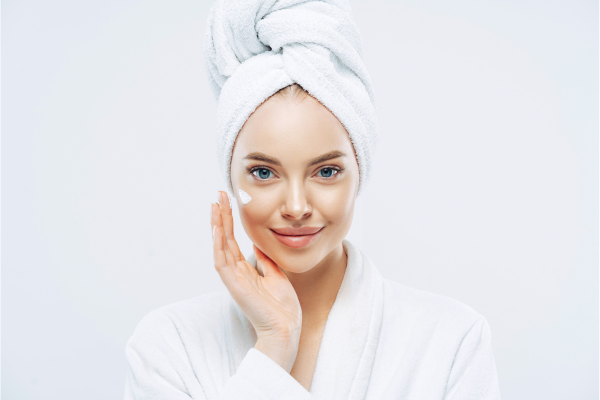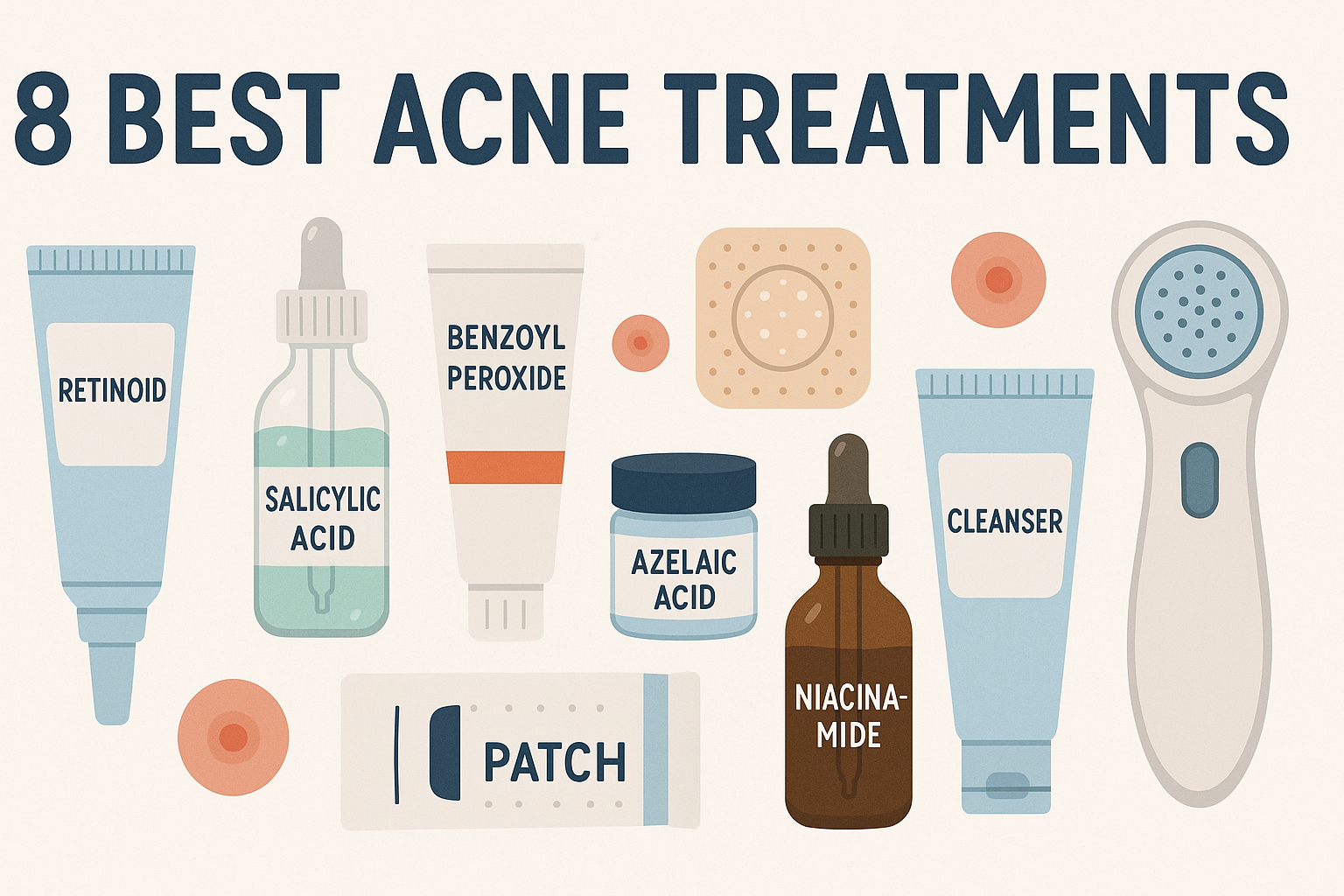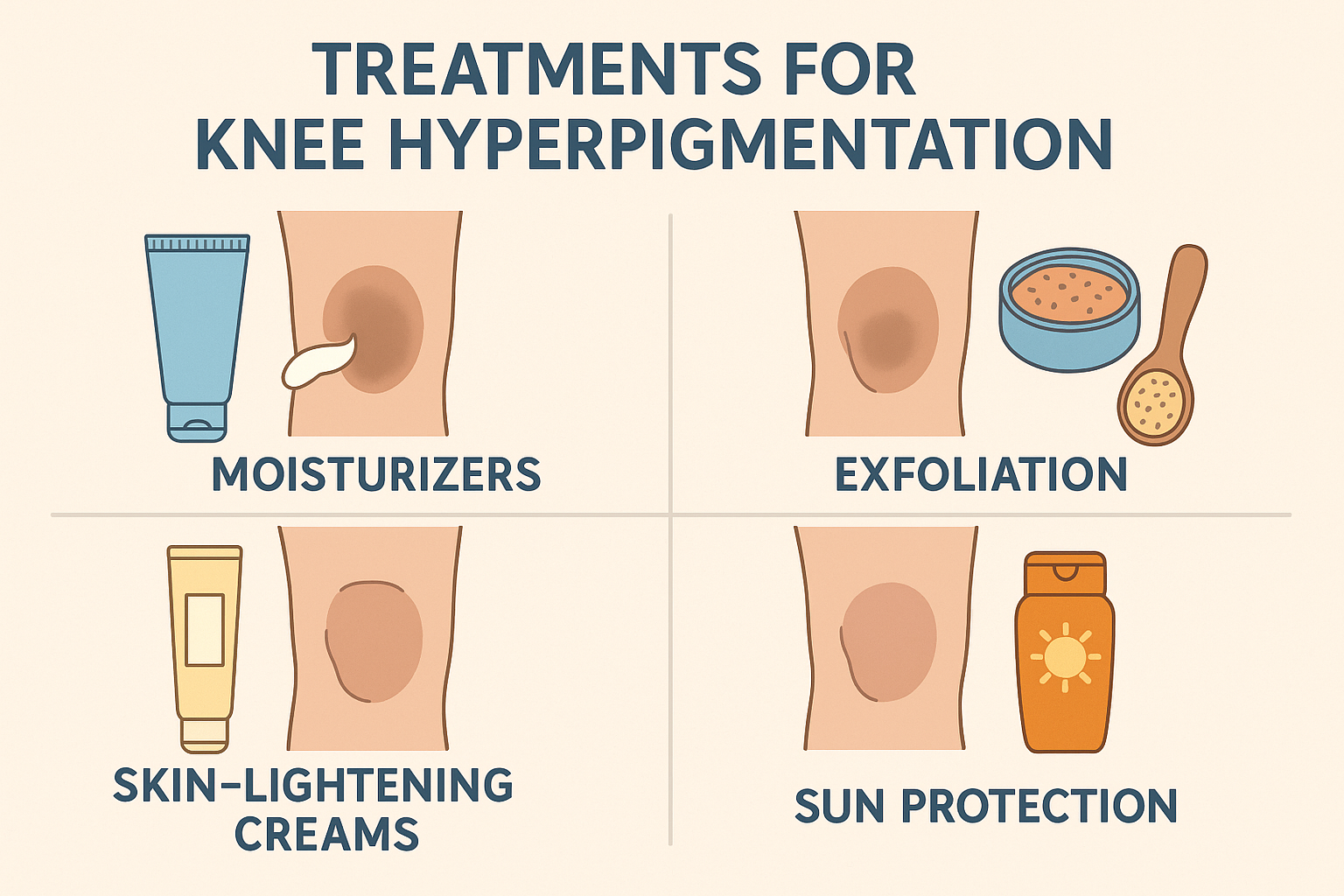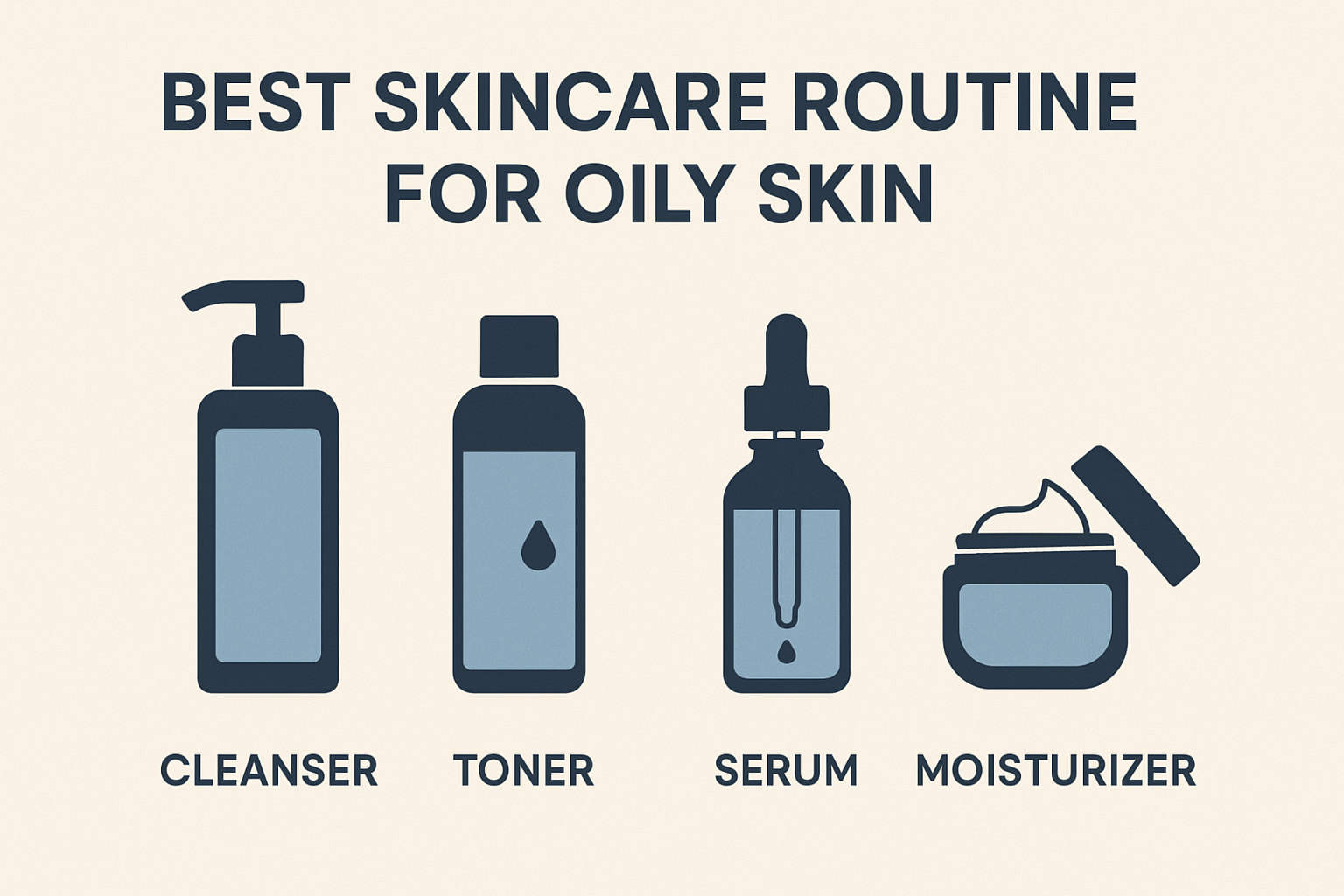What Is Polyhydroxy Acid (PHA)? Benefits & How to Use It
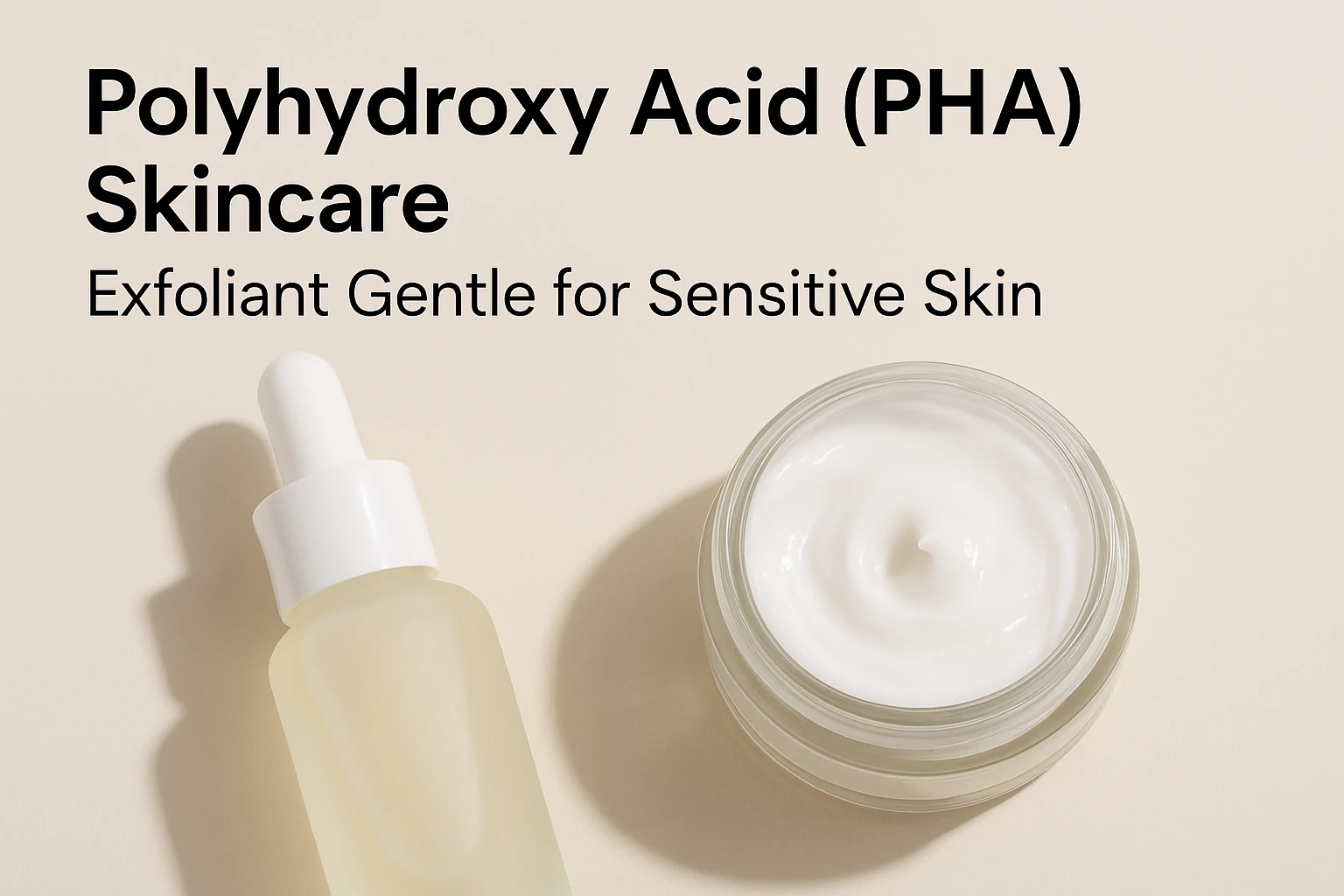
There’s a good reason why acid-based skincare continues to dominate the beauty world. Ingredients like AHA, BHA, and PHA are known for their ability to exfoliate dead skin cells, smooth uneven texture, and restore a healthy glow.
Polyhydroxy Acid (PHA) is the new generation of chemical exfoliants praised for being gentle yet effective. Dermatologists explain that PHA delivers the same resurfacing benefits as AHA but with less irritation — making it ideal for sensitive or reactive skin types.
Because PHA molecules are larger, they penetrate the skin more slowly. This controlled absorption helps maintain hydration while minimizing the risk of over-exfoliation.
In this article, you’ll discover what PHA really is, how it works, and why experts increasingly recommend it as part of a daily skincare routine for smoother, radiant, and healthy-looking skin.
What Is PHA?
Polyhydroxy Acid (PHA) is a new-generation exfoliating acid that gently removes dead skin cells. It belongs to the same family as Alpha Hydroxy Acids (AHA) but has larger molecular structures—such as gluconolactone and lactobionic acid—which make it less likely to irritate the skin.
Because these molecules stay on the surface, PHA works more slowly, offering mild yet visible renewal. This is why dermatologists often call it the “starter acid”—perfect for those new to chemical exfoliants or with sensitive complexions.
Beyond exfoliation, PHA also acts as a hydrating humectant and antioxidant, helping lock in moisture and defend skin against oxidative stress.
Experts like Dr. Whitney Bowe note that PHAs are particularly beneficial for people with rosacea, eczema, or easily flushed skin, as they refine texture and brighten dullness without stinging or dryness.
Benefits of PHA
PHAs are beloved by dermatologists for their multi-tasking skin benefits—they exfoliate, hydrate, and protect all at once. According to skincare experts, their gentle action makes them a great option for sensitive or dry skin types.
Key Benefits of Polyhydroxy Acid:
- Gentle on sensitive skin – Large molecules limit deep penetration, allowing slow exfoliation with minimal irritation.
- Hydration boost – Acts as a humectant that attracts and retains water, leaving skin plump and supple.
- Low irritation risk – Unlike AHAs or BHAs, PHAs rarely cause redness or burning, making them safe for daily use.
- Antioxidant & anti-inflammatory – Helps calm skin and protect against free radical damage.
- Supports firmness – Prevents collagen breakdown caused by glycation, helping maintain youthful elasticity.[1Green BA, Edison BL, Bojanowski K, Weinkauf RL. Antiaging bionic and polyhydroxy acids reduce nonenzymatic protein glycation and skin sallowness. Journal of the American Academy of Dermatology. 2014;70(5). doi:10.1016/j.jaad.2014.01.092.]
Regular use of PHA can reveal smoother, brighter, and better-hydrated skin—without the harsh side effects often linked to stronger acids.
AHA vs. BHA vs. PHA: What’s the Difference?
In skincare, AHA, BHA, and PHA are all chemical exfoliants that renew the skin’s surface—but each works differently. According to Dr. Jennifer L. MacGregor, MD, “PHA works much like AHA but is far gentler, making it perfect for sensitive skin that still needs a glow boost.”
- AHA (Alpha Hydroxy Acid) – Includes glycolic, lactic, and citric acids. Works on the skin’s surface to brighten dullness and refine texture. Best for dry or sun-damaged skin.
- BHA (Beta Hydroxy Acid) – Typically salicylic acid. Penetrates pores to remove oil and debris, ideal for acne-prone or oily skin.
- PHA (Polyhydroxy Acid) – The newest and most gentle of the group. It improves tone and texture without irritation, often found in toners, exfoliating pads, and leave-on lotions.
In short, if you’re new to acids or have sensitive skin, PHA is your safest, glow-giving starting point.
Side Effects of PHA
The good news for skincare lovers: Polyhydroxy Acid (PHA) has very minimal side effects. Because its molecules are larger, PHA only works on the skin’s surface—gently lifting dead cells and impurities without penetrating too deeply. That’s why dermatologists often recommend it for sensitive and easily irritated skin.
Still, as with any acid, moderation is key. If your skin is extremely reactive, always do a patch test before regular use.
According to dermatologist Dr. Libby, overusing PHA can lead to dryness or mild irritation. Start with a low concentration or use it a few times a week, then increase gradually as your skin builds tolerance.
Many experts note that PHA is gentle enough for daily use once the skin adapts. However, since PHA can make your skin more sun-sensitive, daily sunscreen (SPF 30 or higher) is essential to protect and maintain a healthy barrier.
Skin Considerations
One of the biggest advantages of Polyhydroxy Acid (PHA) is its versatility—it’s suitable for almost every skin type. Whether your skin is dry, oily, combination, or sensitive, PHA provides gentle exfoliation without the harsh sting.
According to Dr. Shereene Idriss, “PHA can be used by nearly everyone. Start slow, watch for any allergic reactions, and avoid applying on broken skin.” A gradual introduction helps the skin adjust and prevents over-exfoliation.
For those who couldn’t tolerate AHA or BHA due to burning or dryness, PHA is an excellent alternative. It smooths texture, hydrates deeply, and brightens dull complexions over time.
However, dermatologists advise acne-prone users to proceed carefully, as excessive exfoliation may trigger redness. Used correctly, PHA helps calm inflammation, restore moisture balance, and promote a soft, even skin tone.
How to Use It
Polyhydroxy Acid (PHA) is found in toners, serums, masks, and moisturizers. Dermatologist Dr. Ng recommends leaving PHA products on the skin long enough to gently dissolve the bonds between dead cells for optimal exfoliation.
Some brands combine AHA and PHA for a double-action formula—deep cleansing without excessive dryness. PHA also enhances the absorption of active ingredients like vitamin C and niacinamide, boosting overall results.
According to Dr. Bowles, PHA layers well with most skincare ingredients, including hyaluronic acid, ceramides, and even mild retinoids. If you’re also using physical scrubs or potent actives, alternate their use to avoid over-exfoliation.
Dr. Chang adds that PHA can safely be paired with retinoids for acne and photoaging, or hydroquinone for pigmentation, and is even suitable post-laser or microdermabrasion under dermatologist guidance.
Common Mistakes When Using PHA and How to Avoid Them
Even though Polyhydroxy Acid (PHA) is one of the gentlest exfoliants, many beginners make mistakes that limit its benefits—or worse, cause mild irritation. Dermatologists emphasize that proper technique is key to getting the glow without side effects.
Common mistakes and how to fix them:
- Using it too often at first – Start 2–3 times a week, then increase gradually. Daily use too soon can disrupt your skin barrier.
- Skipping sunscreen – PHA increases UV sensitivity. Always apply broad-spectrum SPF 30+ during the day.
- Mixing with strong actives – Avoid layering PHA with retinoids, high-strength vitamin C, or physical scrubs in the same routine. Alternate them between morning and night.
Used correctly, PHA reveals smoother, brighter, and more hydrated skin—without the sting or flaking typical of stronger acids.
Best Products With PHA: What to Look For & How to Choose
When choosing a Polyhydroxy Acid (PHA) product, it’s important to consider more than just the acid concentration. Dermatologists recommend focusing on the balance between exfoliation power and hydration support, ensuring your skin stays smooth and comfortable.
Tips for choosing the right PHA product:
- Pick the right format. Leave-on products like toners, essences, or serums allow PHA to work longer on the skin for better results.
- Check supporting ingredients. Look for formulas with hyaluronic acid, ceramides, or niacinamide to lock in moisture and strengthen the skin barrier.
- Start with a low concentration. Beginners should use 3–5% PHA to minimize irritation while still achieving visible results.
- Trusted options:
- The Ordinary Gluconolactone + HA Toning Solution
- Neostrata Restore PHA Lotion Plus
- COSRX PHA Moisture Renewal Power Cream
According to experts, the best PHA products leave your skin hydrated, soothed, and glowing—never tight or stinging. Choose gentle, moisture-rich formulas for long-term brightness and resilience.
Combining PHA With Other Actives: Dos & Don’ts
One major advantage of Polyhydroxy Acid (PHA) is its compatibility with many active ingredients. Because it’s mild and moisturizing, PHA is often called the most beginner-friendly acid for product layering. Still, proper pairing is key to keeping your skin balanced and irritation-free.
Dos — Safe Combinations
- With Hyaluronic Acid & Ceramides: Boosts hydration and strengthens the skin barrier.
- With Retinoids: Alternate use (PHA in the morning, retinoids at night) to improve cell renewal and reduce fine lines.
- With Niacinamide: Enhances brightness and calms mild redness or irritation.
Don’ts — What to Avoid
- Avoid mixing PHA directly with AHA or BHA to prevent over-exfoliation.
- Don’t pair it with high-strength Vitamin C in the same routine—different pH levels can reduce efficacy.
- Skip PHA after strong peels or microneedling unless approved by your dermatologist.
With the right combinations, PHA acts as a balancing ingredient—keeping your skin hydrated, smooth, and naturally radiant.
Final Thoughts
Polyhydroxy Acid (PHA) is more than just a gentle exfoliant — it’s a skin-friendly innovation that bridges the gap between effective exfoliation and long-lasting hydration. Unlike stronger acids such as AHA or BHA, PHA works on the surface, providing smoother, brighter, and healthier-looking skin without the sting or dryness.
Dermatologists often describe PHA as the ideal entry point for acid beginners and a safe choice for those with sensitive, dry, or reactive skin. Its humectant and antioxidant properties help protect the skin barrier while keeping it plump and dewy.
Whether used in a toner, serum, or moisturizer, PHA can enhance your overall routine and even complement active ingredients like niacinamide or retinoids when applied correctly.
If your goal is to achieve a healthy glow with minimal irritation, PHA might just be your new skincare essential — a gentle acid that delivers real results, comfortably and consistently.
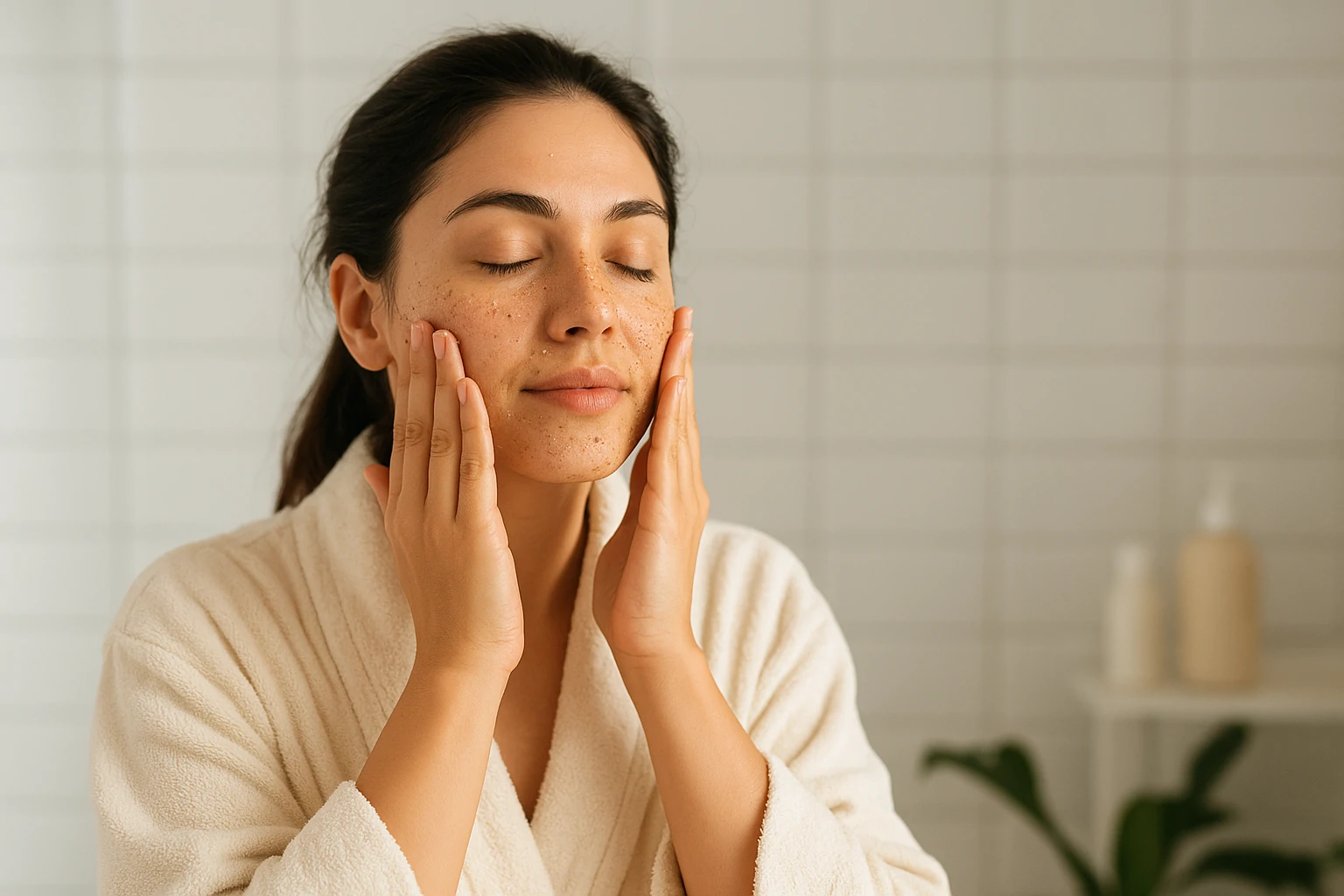

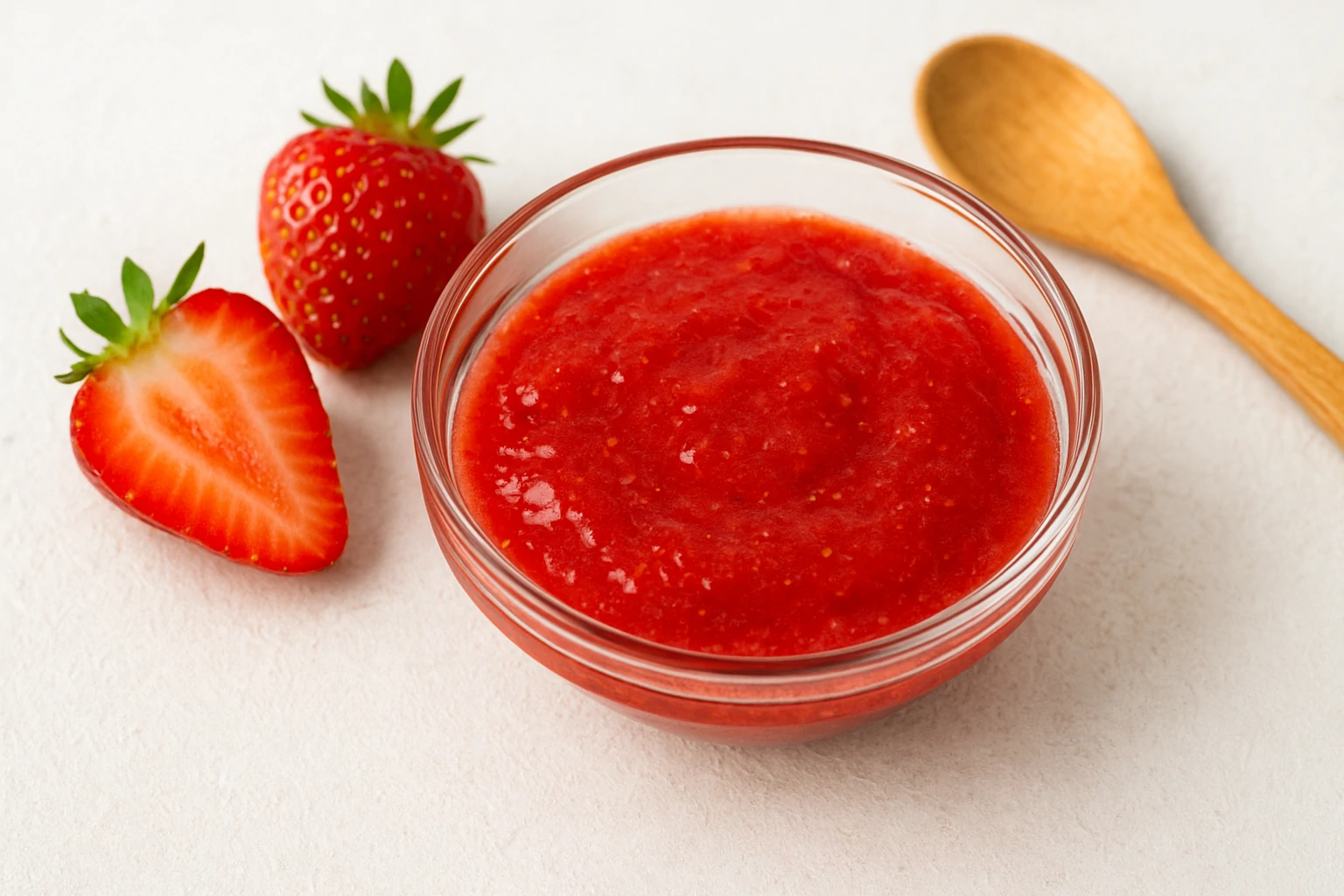
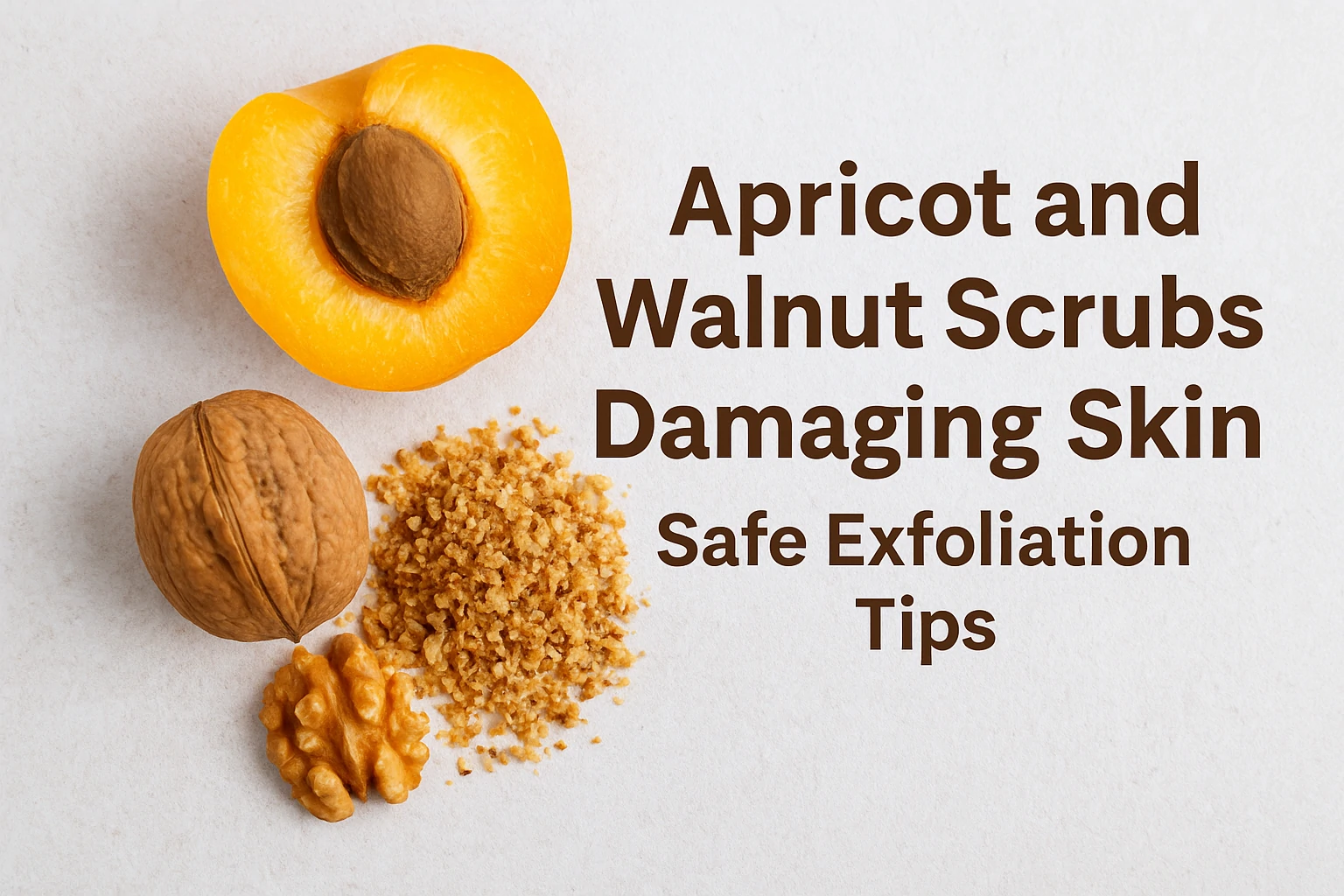
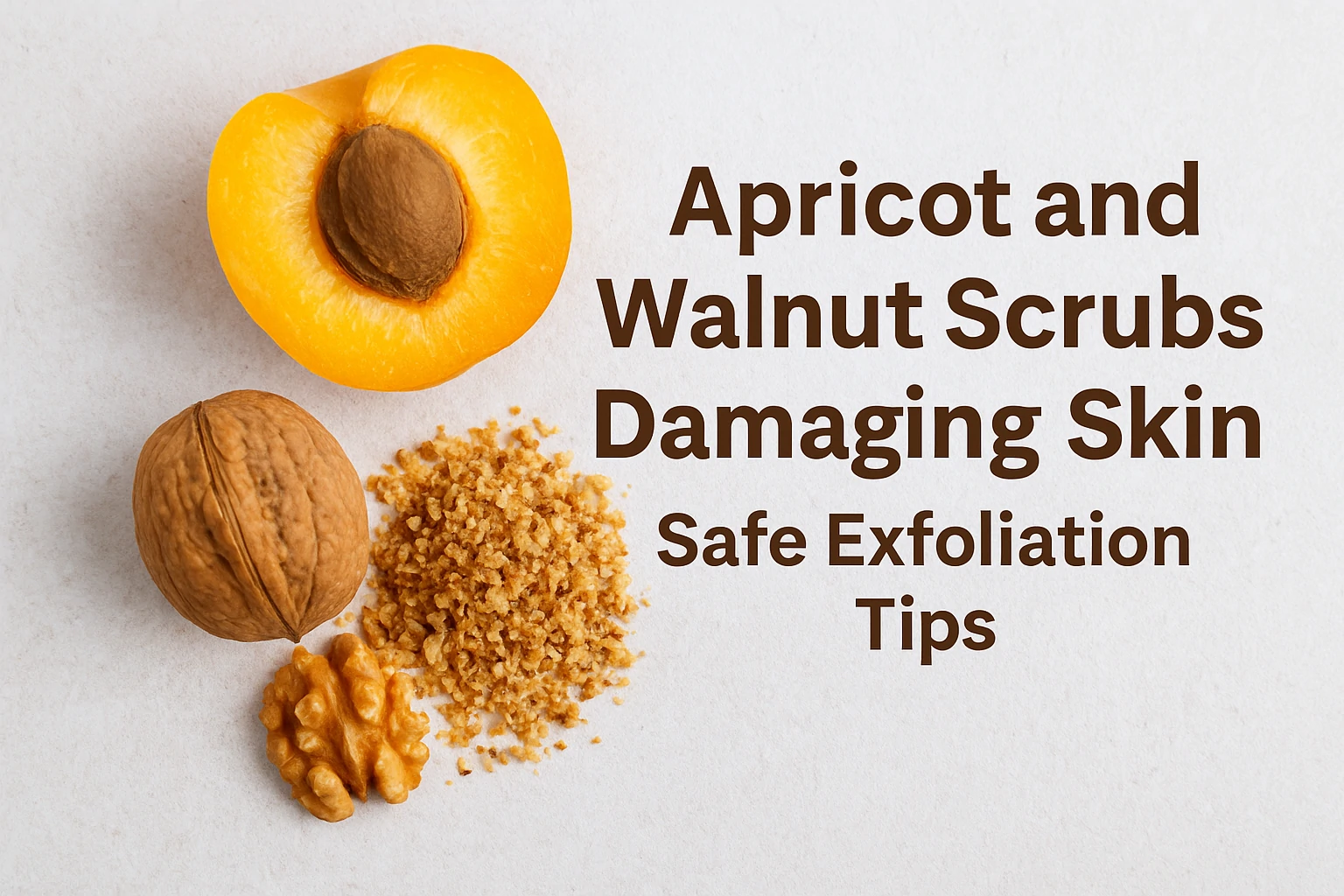
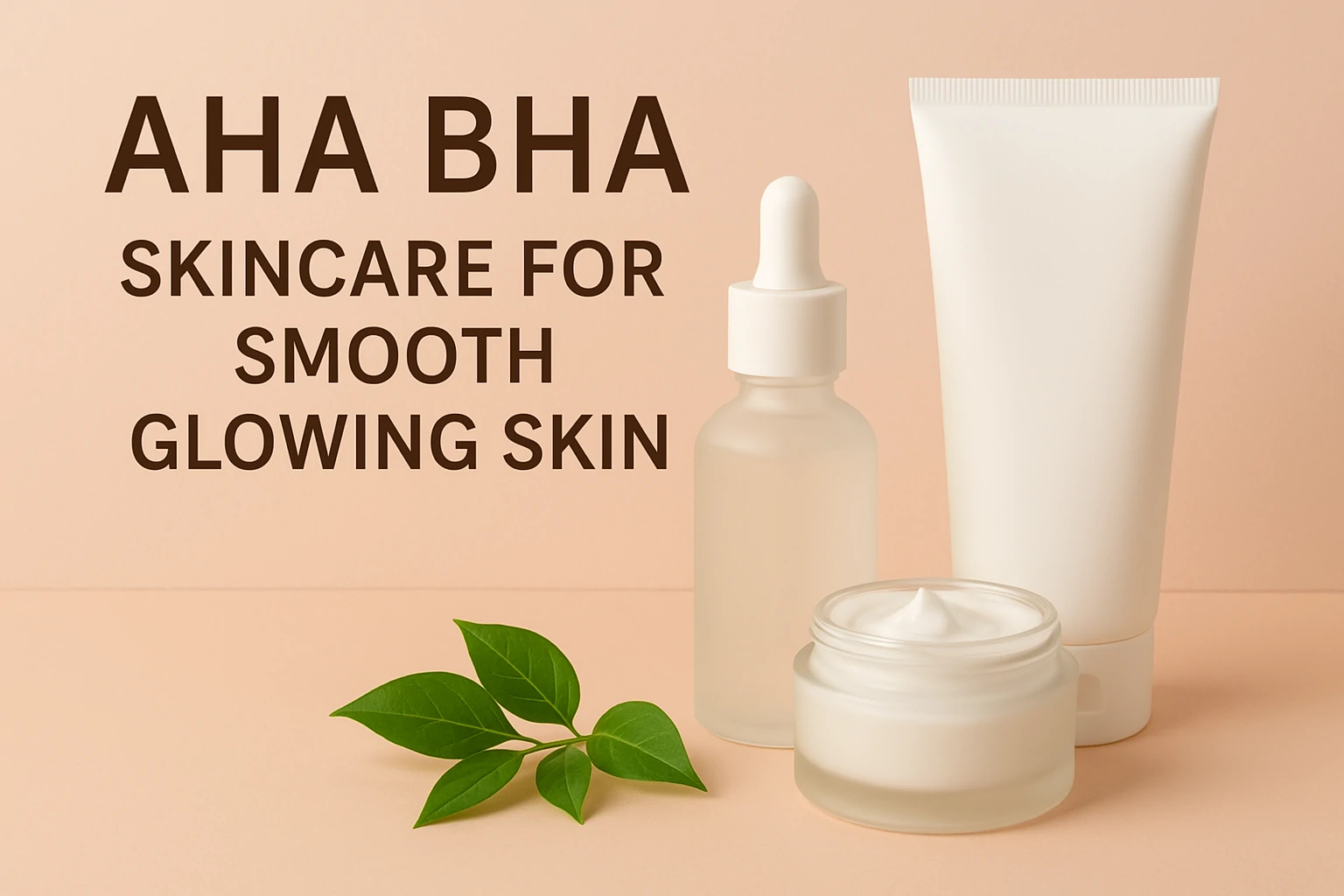
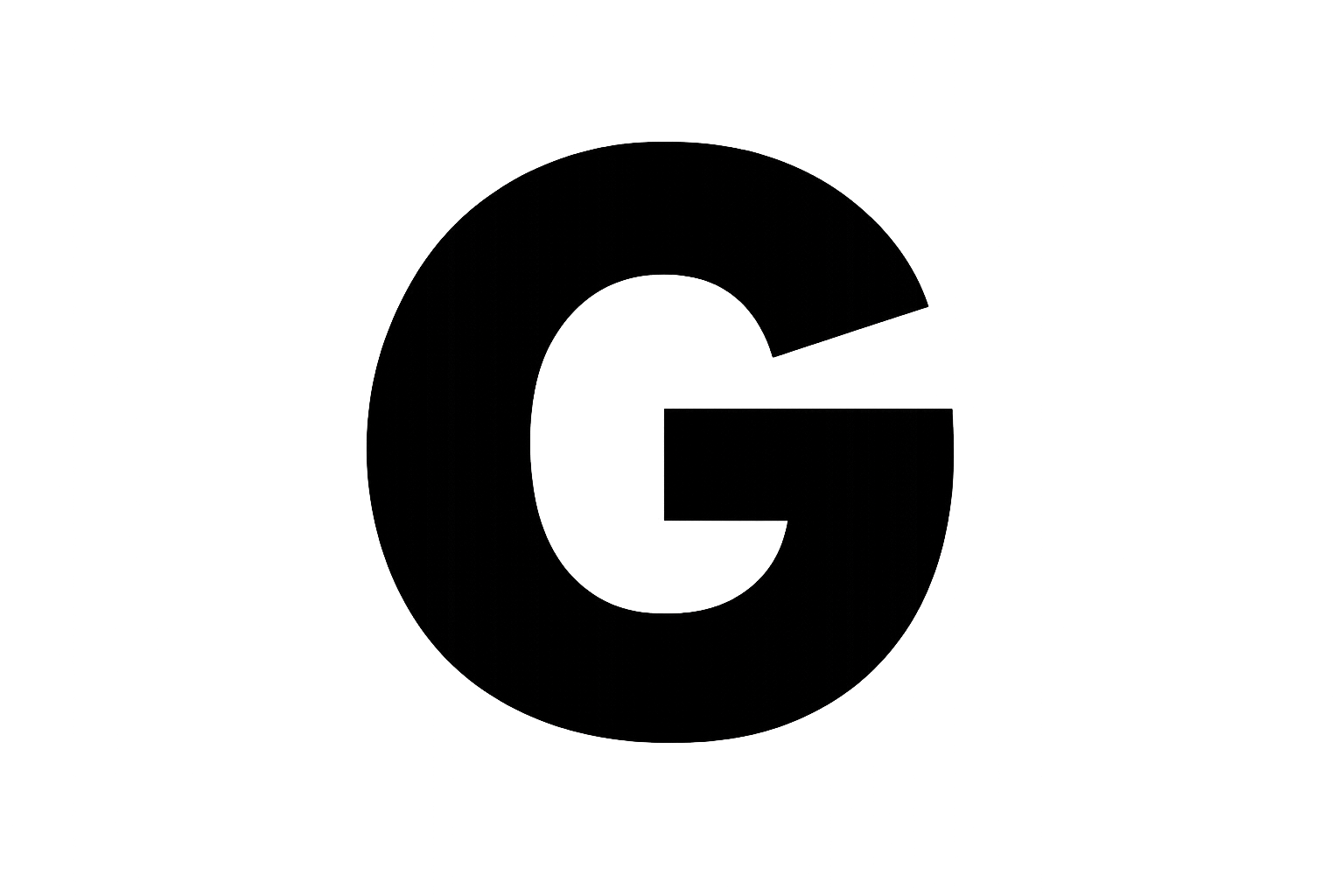 Acne
Acne Anti-Aging
Anti-Aging Business
Business Digital Marketing
Digital Marketing Economics
Economics Exfoliation
Exfoliation Movies
Movies Personal Finance
Personal Finance Websites
Websites
